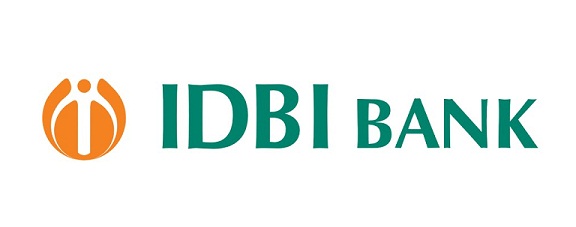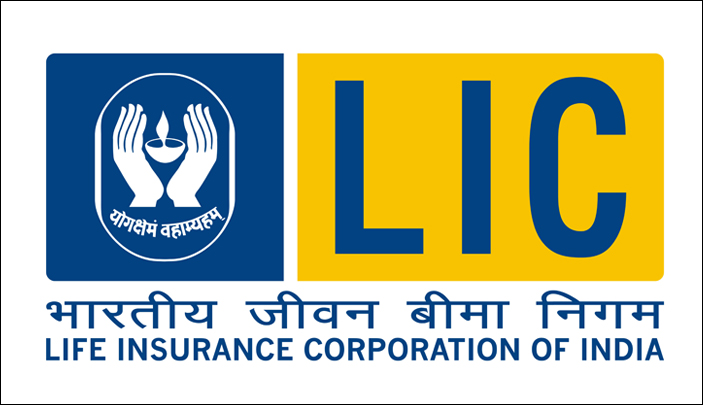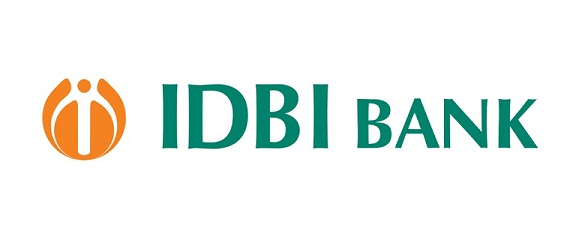
IDBI Bank is the worst performing public sector bank when it comes to its gross non-performing advances or bad loans. Bad loans are essentially loans in which the repayment from a borrower has been due for 90 days or more.
As on September 30, 2017, the bad loans rate of the bank stood at 24.98 per cent. This basically means that the borrowers have defaulted on nearly one-fourth of the loans given by the bank. Now take a look at Figure 1. It plots the bad loans of IDBI Bank over the last three years.
Figure 1:
The bad loans rate of IDBI Bank has jumped from around 5 per cent to around 25 per cent, over a period of just three years. What is happening here? What this tells us is that initially the bank did not recognise bad loans as bad loans. It probably did that by restructuring loans (i.e. giving the borrowers more time to repay or decreasing their interest rate or by simply postponing their repayment) or by issuing fresh loans to borrowers in a weak position, so that they could repay the loans that were maturing. In the process, the recognition of bad loans as bad loans was avoided.
Of course, any bank can’t perpetually keep kicking the can down the road, and after a point of time must do the right thing. IDBI Bank is now doing the right thing of recognising bad loans as bad loans and given this it has such a high bad loans rate. Given that, one-fourth of the loans advanced by the bank have been defaulted on, it is worth asking whether this bank should be in the business of banking at all.
Nevertheless, the more important issue here is how do depositors view this bank. The best way to find this out is to look at the total amount of deposits the bank still has. Take a look at Figure 2, which plots that.
Figure 2:
What does Figure 2 tell us? The total deposits of the bank have fallen after peaking in December 2016. Nevertheless, the total deposits with IDBI Bank are still higher than they were three years back. Hence, the conclusion that we can draw here is that while bad loans of the bank have gone up from 5 per cent to 25 per cent over a period of three years, the total deposits with the bank are still at the level they were.
Why is this the case? Why would you continue banking with such a bank? First and foremost, this faith comes from the great faith in the government. The government will not allow any bank to go bust. Fair enough. But why wait for that to happen? Typically, when a bank lands up in major trouble, the government tends to merge it with a bigger bank and thus the depositors continue to be safe. Nevertheless, such a merger is never smooth and there might be a brief time period when the full money deposited in the bank cannot be withdrawn. Hence, liquidity can become an issue.
Also, it is worth remembering here that IDBI Bank is not a small bank. It is a relatively big bank and had total assets of close to Rs 3,61,768 crore, as on March 31, 2017. This means that if the government were to decide to merge it with another bank, the balance sheet and the profit and loss account of the combined entity, will be another big mess.
Secondly, many people are simply unaware of how badly the bank is placed. This lack of knowledge about their financial activities is a general trend among many people in this country. We spend more time gossiping and worrying about the state of the nation, than the state of our own finances.
Thirdly, many people locked in their fixed deposits at high interest rates, a few years back. In the aftermath of demonetisation, interest rates have crashed as banks have been flush with funds that were deposited and at the same time their lending has crashed. Given this, even if some individuals understand the riskiness of the situation, they really can’t do much about it. In case they were to break their fixed deposits and move it to other banks, they would earn a much lower rate of interest.
And at that lower rate of interest, they would simply not be in a situation to meet their monthly expenses. This is another negative impact of demonetisation at play, with people having to continue to bank with risky public sector banks, which includes IDBI Bank.
While, some people are simply stuck with IDBI Bank, there are others who can easily move their money to other public sector banks, like State Bank of India, Vijaya Bank, Indian Bank, Syndicate Bank etc., which are in a comparatively much better position.
But given that they have chosen not to, they are the real brave-hearts.




